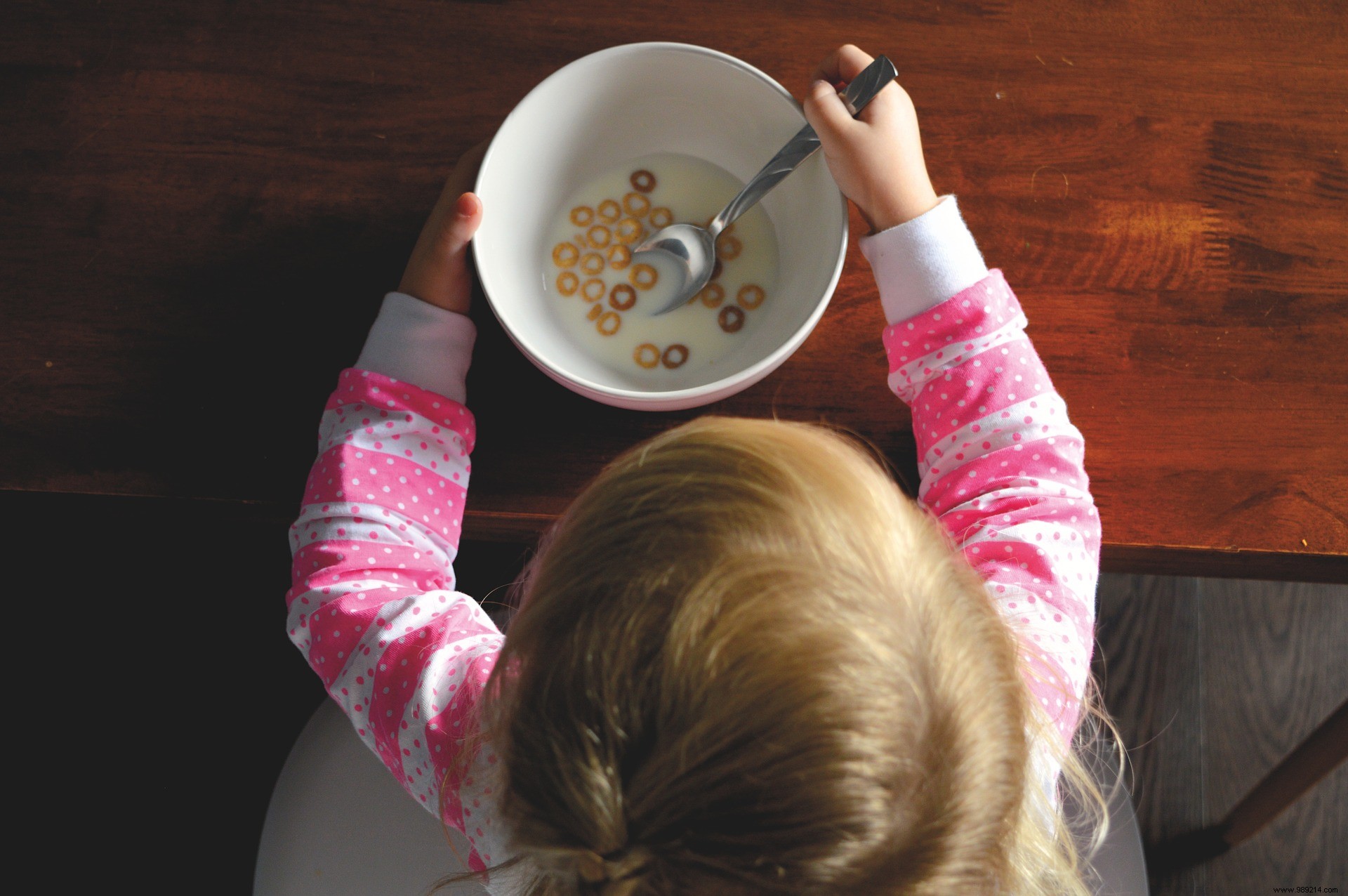While the effects of microplastics on human health are a global concern, much is still unknown about the extent of this exposure in the first place. In a small study, a team quantitatively determined the concentrations of polyethylene terephthalate (PET) and polycarbonate (PC) in infant and adult meconium and fecal samples.
Microplastics have been found in the most remote places on the planet. Some are carried by the waters, now lining the ocean depths. Small fragments have also been discovered in the mountains, especially in the Pyrenees and the Himalayas, not to mention the polar regions. It is therefore not surprising that we also ingest plastic.
Previous work has found these microplastics in our stools, but a new pilot study now reveals something more shocking.
As part of this work, researchers quantitatively determined the concentrations of polyethylene terephthalate (PET), commonly used for food packaging and clothing, and polycarbonate (PC, typically used in toys and bottles) in three meconium samples, six infant faeces samples and ten adult faeces samples. All were collected from subjects living in New York State (USA).
Small concentrations of PET and PC were found in some meconium samples, suggesting that these newborns are born with plastics already present in their bodies. More importantly, PET concentrations were ten times greater in babies than in adults, while polycarbonate levels were similar.
The estimated mean daily exposures from infant diets to PET and PC were 83,000 and 860 ng/kg body weight per day, respectively, which was significantly higher than those of adults (5800 ng/kg-bw/day for PETs and 200 ng/kg-bw/day for polycarbonates).

These works thus suggest that babies' stools contain higher amounts of microplastics than adults because they are more exposed to these plastics. Researchers point to feeding utensils, pacifiers, sippy cups and other toys that babies love to chew on while teething.
For the authors, these data provide "baseline evidence for microplastic exposure doses in infants and adults and support the need for further studies with a larger sample to corroborate and expand", these results. Recall that the health impacts of ingesting microplastics are currently largely unknown, but they may not be as harmless as once thought.